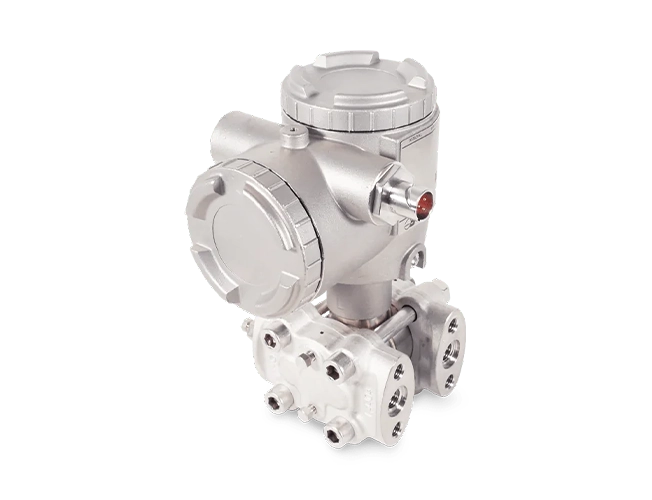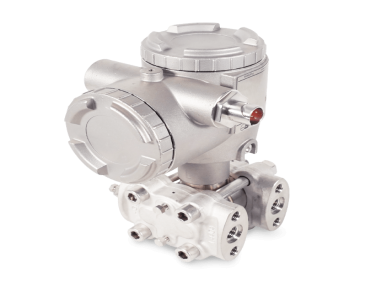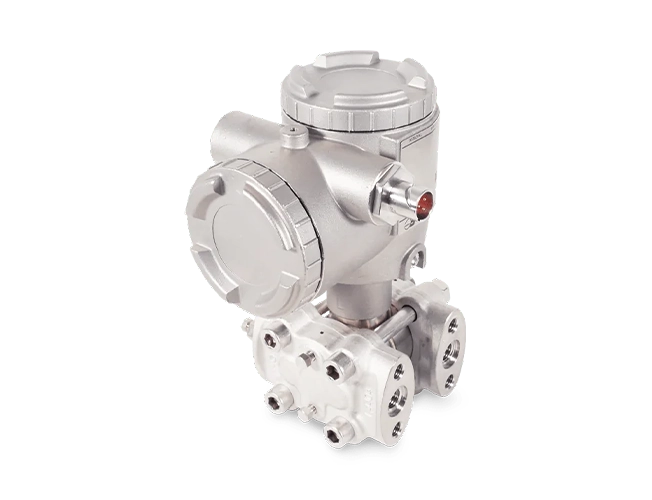Fuji Electric Nuclear differential pressure transmitter - FKC - NC - K3
-
NG # 2483-HW-FUJI-020
Manufactured by:
Specification
Housing L- or T-shaped housing Measuring ranges (kPa) [e.max.] 1
6
32
130
500
3000Weight per kg (without indicator) 6 Accuracy ± 0,07 % Materials in contact with the process Stainless steel 316 L, Hast C276, Stainless steel 316, Stainless steel 316 L + gold plating, Stainless steel 318NL Case materials Standard: low-copper aluminum alloy
with polyurethane epoxy coating (2 layers)
Optional: 316 stainless steel.Membrane materials Stainless steel 316 L
Hast C276
Stainless steel 316 L + gold platingStability ± 0.1% of max. scale for 3 years. Elevation / Deletion Equal to the upper limit of static pressure. Communication protocol HART 7 communication protocol Process temperature -40 to +120°C (silicone oil)
-20 to +80 °C (fluorinated oil)Ambient temperature -40 to +60 °C (-25 to +55 °C for K3A)
-20 to +60 °C (-20 to +55 °C for K3A ) for digital
indicator (option)
-20 to +60°C for fluorinated oil (optional)Power supply 10.5 to 53 Vdc Output signal / Load resistance 4-20 mA / 250 Ω typical Damping Configurable from 0.12 to 32 seconds Zero and span adjustment Zero and span are adjustable from the FXW communicator
FXW communicator and with the external adjustment screw
located on the electronic box.Electrical connections M20 x 1.5 or
ATEX explosion-proof cable gland, or
Souriau subbase 8N35, or
Sub-base Souriau 8N45S, or
Souriau subbase 8N45, or
SAIB NU25 subbase ref. 251-103-401 / M20 x 1.5
(compatible with 8N45 on the Park), or
Jaeger base with M20 x 1.5 thread ref.536 006 006Options Analog indicator (accuracy: 1.5%), configurable digital indicator, oxygen service, degreasing treatment, additional nameplate
Description
The differential pressure transmitter FCX-AII series is a device that accurately measures differential pressure and converts it into a directly proportional 4-20 mAcc output signal. It is used for differential pressure, flow, level or density measurements. The heart of the measuring element is a silicon micro-capacitive sensor, offset in the cell neck. In addition, the electronic unit benefits from the latest microprocessor technology.





